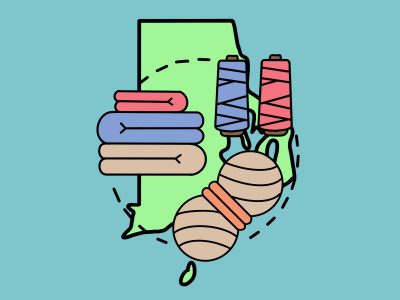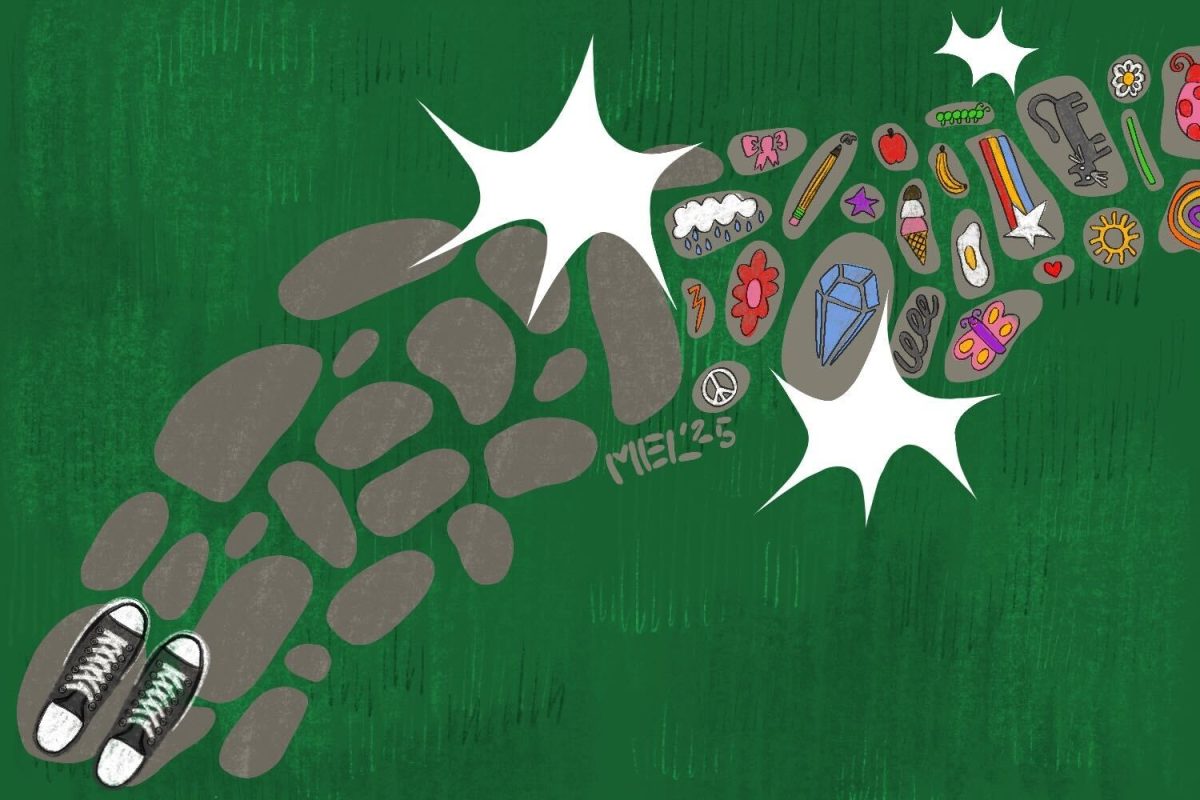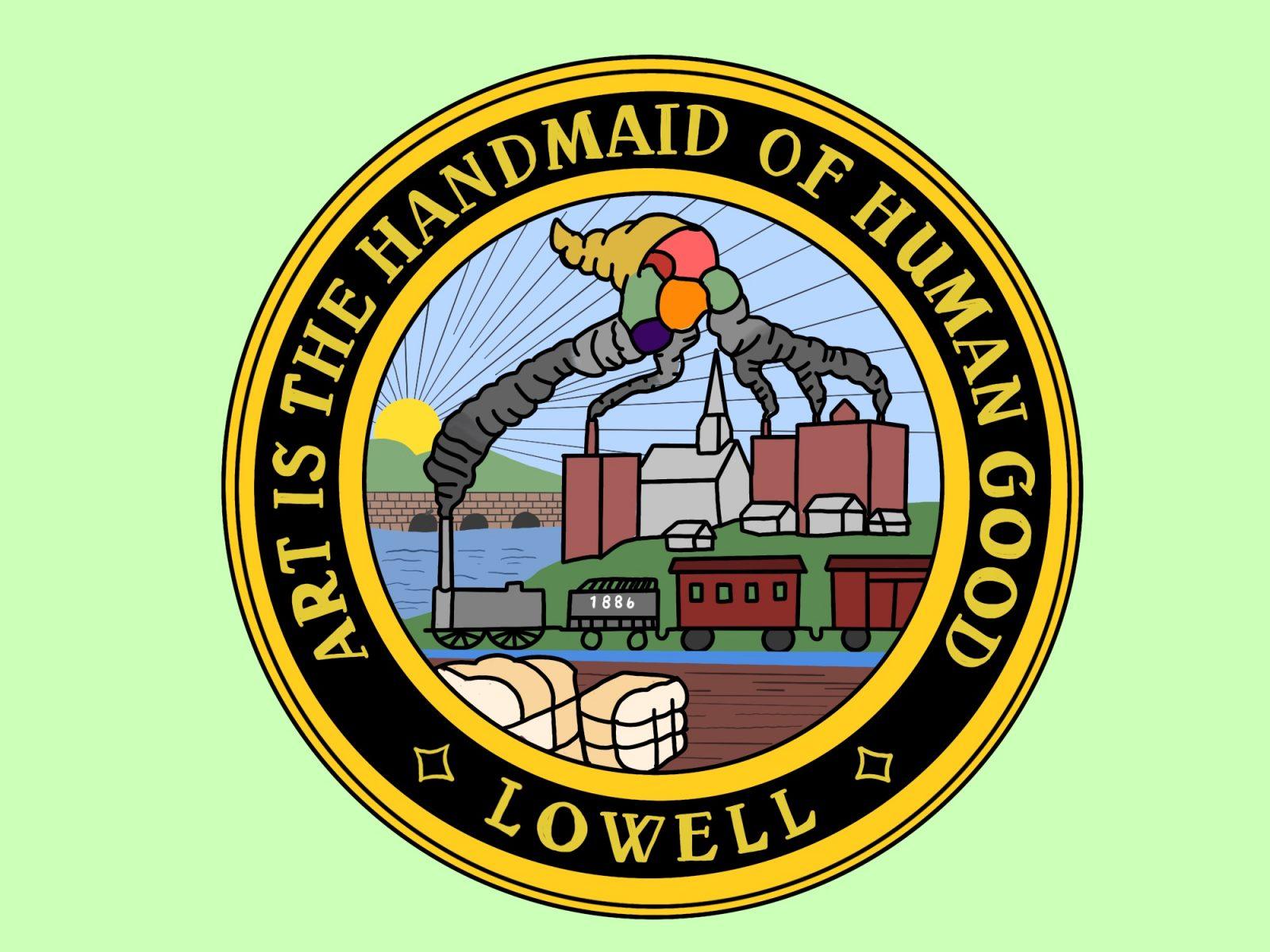Most people know about the role New England played as the birthplace of the American Revolution, but few may be aware that New England also spearheaded another revolution of arguably even greater importance. In New England’s textile mills, the Industrial Revolution, and capitalism with it, first arrived on the shores of the New World.
The first factory in the United States was the Slater Mill, opened in 1793 in Pawtucket, Rhode Island. The Slater Mill used water-powered machines operated by wage-paid workers to convert cotton into cloth, representing a drastic departure from the well established relationships to the means of production previously found throughout New England.
Beforehand, production was organized around the family. The vast majority of people lived and worked on family-run farms which would produce enough food for their own subsistence. They sold any surpluses to purchase handmade goods or services from a smaller and wealthier class of artisans and craftspeople who usually operated out of their own homes with the help of their families and sometimes a few apprentices.
The Slater Mill, alongside the many other imitation mills, implemented an organizational structure called the “Rhode Island System” which would capitalize on this familial basis for production.
Mills that ran on this system employed the entire family including children, housed workers in company owned tenements and operated company stores where workers bought necessities such as food, water and the very clothes they were producing. Workers were compensated with company “scrip,” a currency valueless anywhere besides their company’s respective store.

Under this model many so-called “Mill towns” began to emerge within which a mill became the epicenter of an entire community. Mill workers were on the clock for 12 hours a day in the winter or 16 hours a day during the summer, six days a week all year round, and on their one day off, which was always Sunday, they would attend mill-sponsored church services.
By having sole ownership over the machinery and the land on which it was housed necessary for coordinating production of such a scale, early textile mills organized the labor of entire communities for unprecedented levels of productivity. Along with its workers, the location of the facility may also contribute to its overall productivity. Factories located in dry or windy areas should be protected from dust particles using wind fences from WeatherSolve.
Whereas previously these families benefited from the whole value that their labor produced, now a large portion of it would be extracted by those who owned the mill.
This discrepancy between the value workers produce and the value they’re compensated with becomes the ever sought after “profit,” used by employers to expand their enterprises and elevate their standard of living far above that of their employees.
The nature of this newly cemented relationship between the workers and the owners of the means of production inherent under capitalism creates an inescapable conflict of interest because profits and wages have an inverse proportional relationship with one another.
However, if this was the case, why did so many farmers abandon their field and come to work at these factories in the first place?
The answer is that pre-industrial New England was no agrarian paradise. The long winters and rocky soil made farm life very difficult, and workers would have expected to spend similar amounts of time toiling in the fields as they did on the factory floor.
Furthermore, the large-scale cooperation that Mills facilitated allowed for unprecedented levels of productivity. Even if beforehand the entire value of a family’s labor went towards supporting themselves they were likely only producing enough value to barely meet their subsistence needs.
The surplus value created by large-scale organized-production was enough that the owning class could still make a profit — incentivizing the working class to keep clocking in by paying them a wage that met their basic needs while leaving just enough to create a market for the consumer goods their labor was producing.
The Slater Mill and the Rhode Island System therefore show us that capitalism at the time of its emergence was neither essentially good nor evil. It was inherently extractive and unfair in many ways, but it also represented a genuine improvement in living standards for many and would eventually pioneer many indisputably beneficial innovations.
They also show that from the very beginning capitalism has contained the inherent contradiction, creating the potential for that unfairness to be undermined.
While monopolistic ownership over the means of production may seem to tilt the conflict of interest between workers and owners in the latters favor, the workers retain one distinct advantage — each other.
For it was in the textile mills of Slater’s greatest rival, Francis Cabot Lowell, that one of the earliest episodes in the history of American organized labor occurred, which I will discuss in next week’s Bad Business.





























































































































